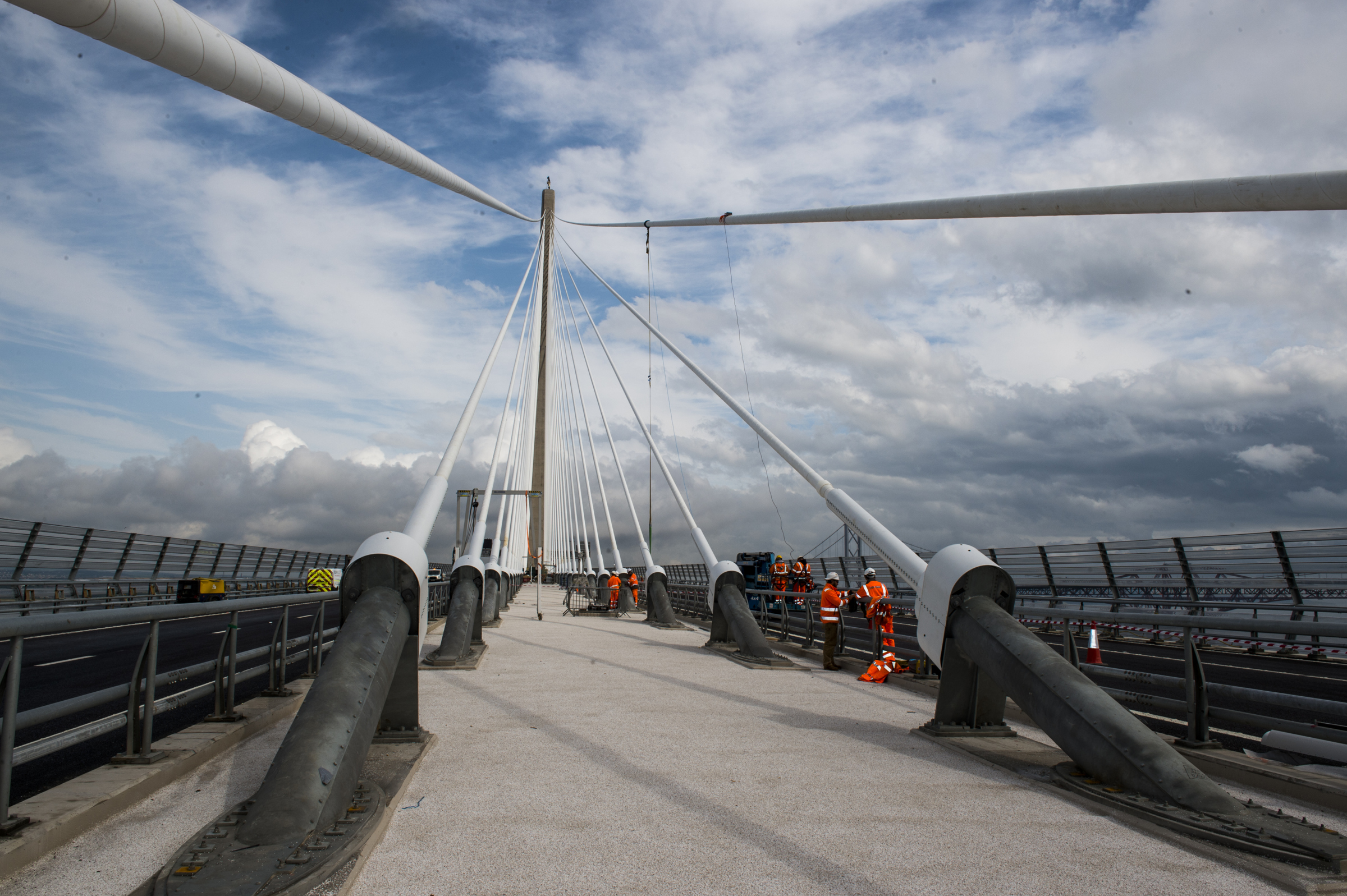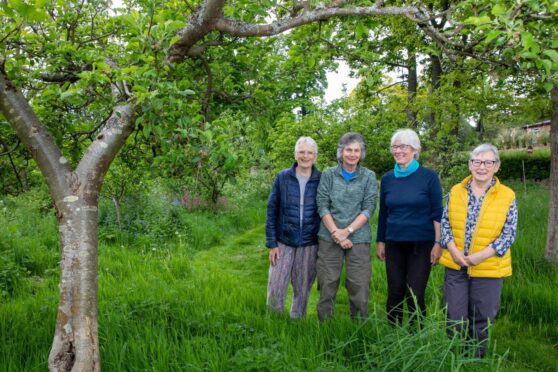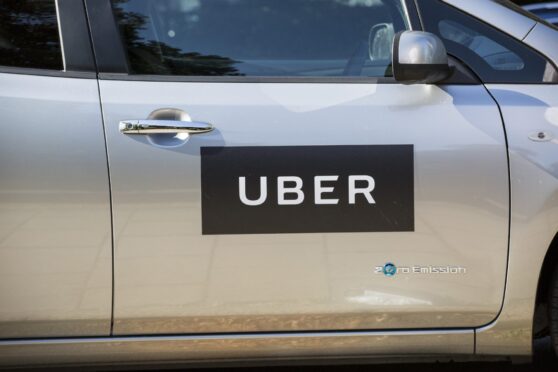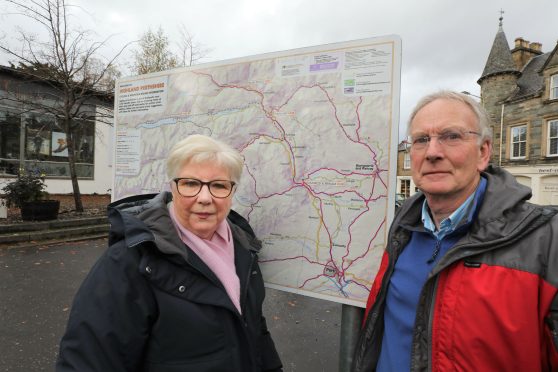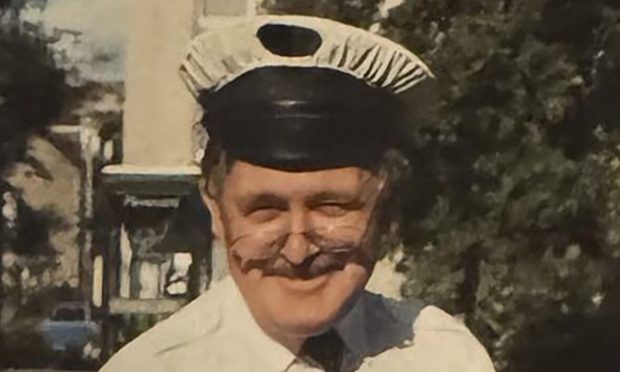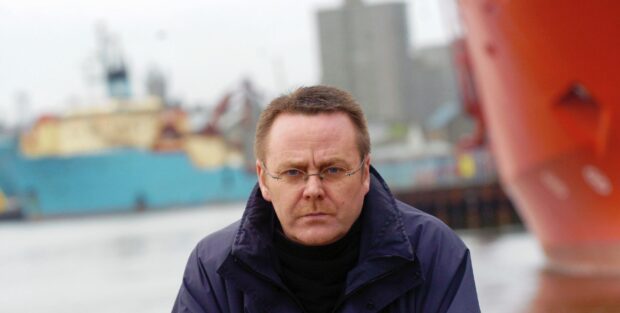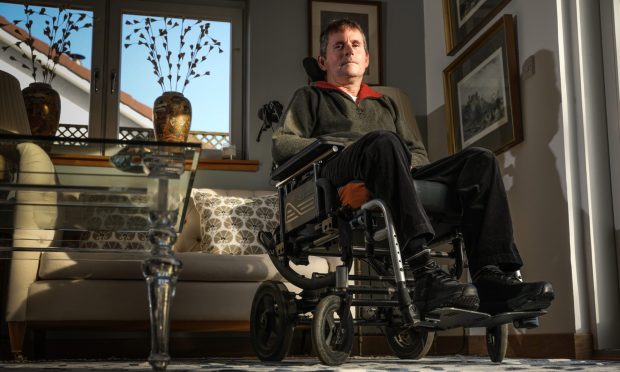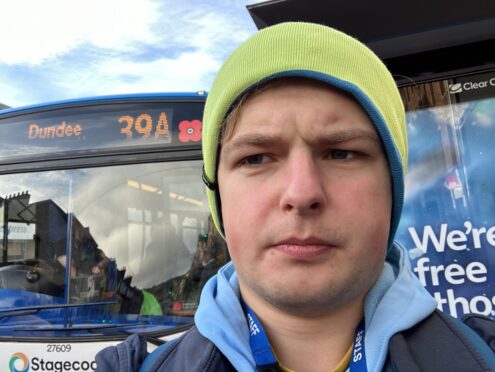Motorists using the Queensferry Crossing are moving so slowly at peak times, they could be overtaken by cyclists, according to the Scottish Conservatives.
The party said despite the £1.35 billion cost to the taxpayer, the bridge had “utterly failed” to reduce congestion across the Forth.
But the a spokesman for Economy Secretary Keith Brown retaliated that the comments “almost beggar belief.”
And Transport Scotland said the figures, taken from the opening of the bridge was not representative of average speeds, since traffic management and speed restrictions had been in place for some of that time.
A Freedom of Information response showed the average speed recorded during morning and evening rush hour was less than 25mph.
Average speeds were recorded from junction 1a at Queensferry on the south side of the bridge to junction 1b on the north at Ferrytoll.
In addition, the party has pointed out average speeds elsewhere on the upgraded network also fall far short of commuters’ expectations.
Its transport spokesman Jamie Greene slammed the project as more beneficial to the SNP’s PR strategy than to taxpayers.
“The Queensferry Crossing was supposed to revitalise the economies of the surrounding areas, as well as ease congestion and connect the east of Scotland.
“The disappointing reality is that most motorists using the Queensferry Crossing could be overtaken by a bicycle.
“These slow speeds throughout our road network are a source of huge frustration to motorists and are an active hindrance to economic growth.
“As long as the SNP continues to obsess about independence, the economy, like the motorists on the Queensferry Crossing, will never get out of second gear,” he said.
Mid Scotland and Fife MSP Liz Smith said she had received a stream of emails from frustrated motorists claiming the new bridge was often slower than the Forth Road Bridge.
“When the bridge was opened last year, the Transport Minister promised that congestion was just a by-product of initial public interest but here we are a year later and it is as bad as ever.
“We were also assured that the new bridge would help reduce congestion for commuters but clearly this was based on incorrect modelling.
“Constituents travelling into Edinburgh from Fife and Kinross are growing frustrated by the crawling speeds and this is undoubtedly impacting economic growth in the region.”
Spokesperson for Economy Secretary Keith Brown said: “These comments from Jamie Greene almost beggar belief – they suggest that the Tories would rather the Queensferry Crossing, which has just been awarded project of the decade, hadn’t even been built.
“The reality, as ordinary people using the bridge know, is that it is a fantastic, world-class asset which hugely improves transport links and has boosted our economy.
“The SNP Government will get on with the job of delivering for people and communities across Scotland, while the Tories keep moaning from the sidelines.”
A Transport Scotland spokesman added: “The most recent figures available show that average speeds have gone up over the last few months during the peak periods, since the introduction of motorway regulations, as flows have settled down and as drivers have become familiar with the new arrangements.”
From April to May 2018 average speeds have increased during peak times by nearly 70% in the morning and evening peak southbound and morning peak northbound while the evening peak northbound has shown a more moderate increase of 26%.
He said the figures showed that taking the average speeds in rush hour from last August to last month was “not representative of the average speeds now that the traffic management and temporary speed limits have been removed”.
